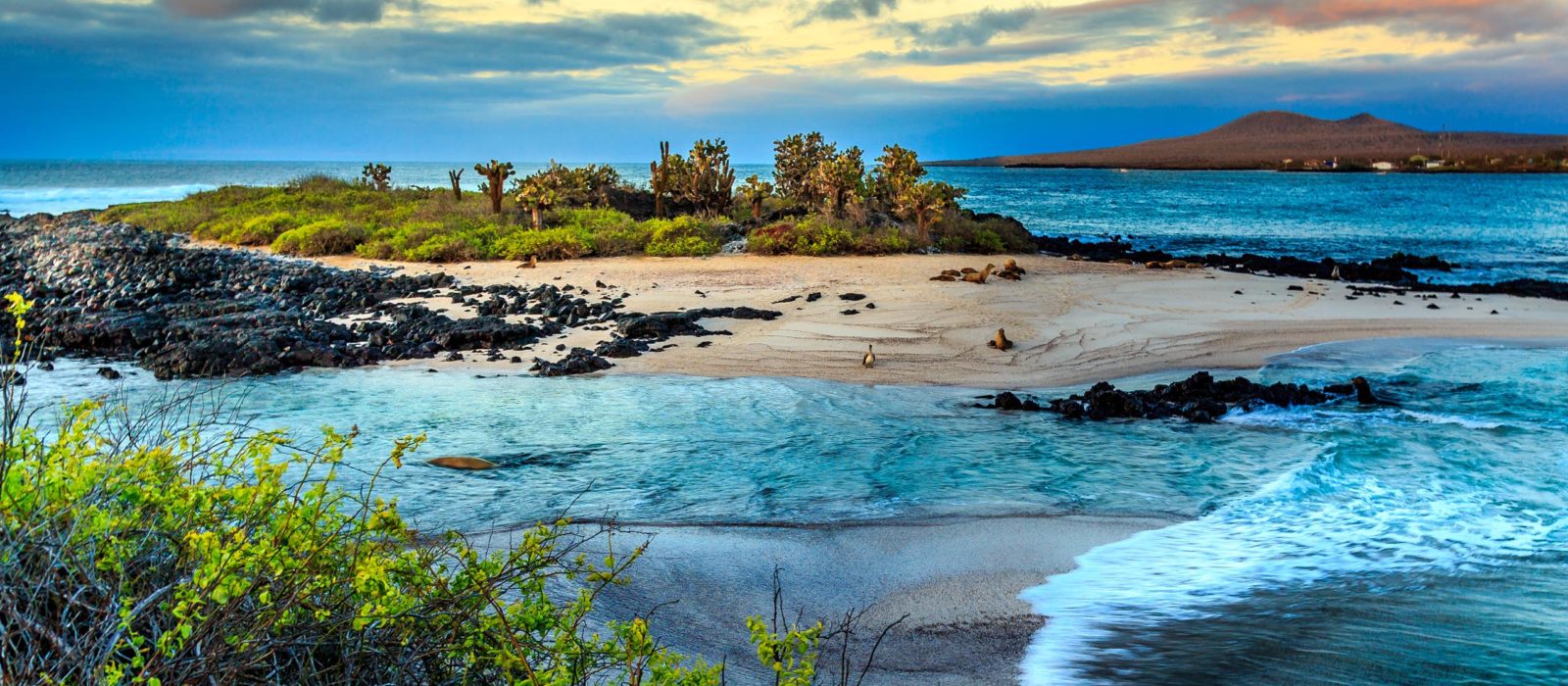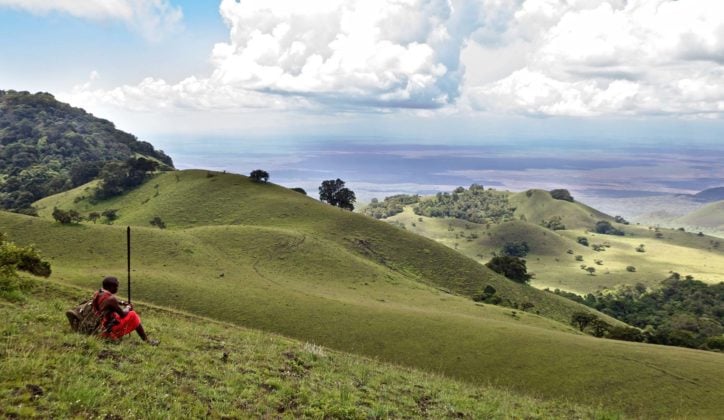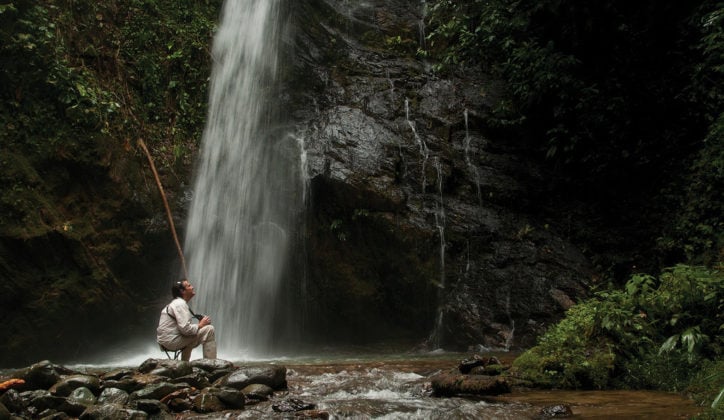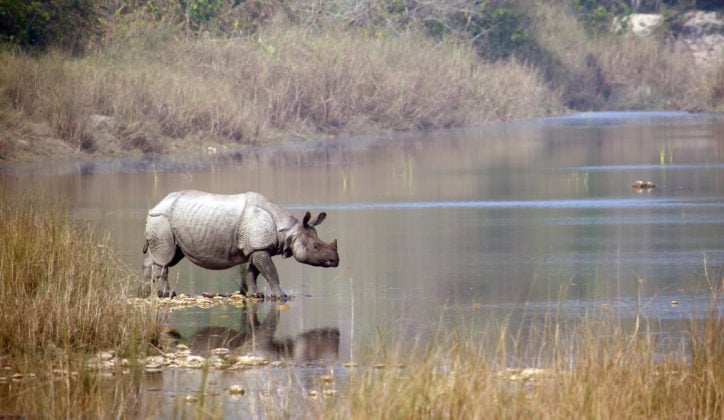Published on: October 31st, 2018
Last modified: January 19th, 2022
At Jacada Travel we believe tourism has the power to contribute to important global conservation efforts. Many of the lodges we work with are directly responsible for habitat conservation and biodiversity protection. Some of them also lead the way with various environmental initiatives.
Without the income they receive from tourism, these efforts would be difficult to maintain. Simply by staying at the following properties, you'll be doing your bit to conserve the planet and protect the remarkable flora and fauna of your chosen destination.
On any Jacada trip, local guides and drivers will be on hand to answer any questions - don’t be afraid to ask! These forward thinking pioneers will be more than happy to share their stories with you.
With all that in mind, we’ve picked a few of our top destinations for ecotourism, where your trip amounts to much more than just a holiday.

Ecuador and the Galapagos Islands
In Ecuador’s Cloud Forests, iconic Mashpi Lodge is set amongst one of the most importantly biodiverse regions in the world. Deep in the heart of 3,200 acre Mashpi Rainforest Biodiversity Reserve, Mashpi Lodge runs solely on hydroelectricity. The lodge’s exquisite location means it’s more than just a five-star hotel: at Mashpi. environmentally conscious travel combines with modern rooms and spacious suites. The lodge’s team of Ecuadorian biologists lead daily wildlife expeditions, so visitors can responsible interact with local animals. Hikes as well as bathing in waterfalls and rivers are very much part of the Mashpi experience too.
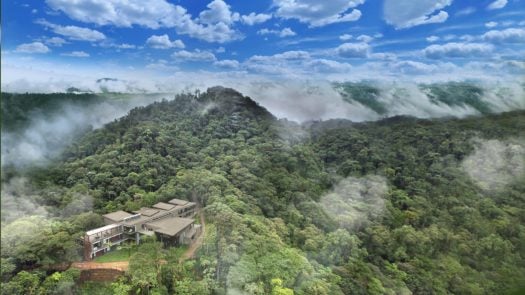
As well as being a lodge, Mashpi is a research station at the forefront of rainforest protection. Before construction of the lodge was even completed, Mashpi hired a biologist to carry out an ambitious research project. Now, Mashpi uses the project’s findings to inform its conservation and resource management strategy. The lodge’s ongoing research is regularly communicated to local communities, guests and the world at large in order to underline the importance of conserving such a fragile and fascinating ecosystem.
_0-525x295-cc.jpg)
In the Galapagos, giant tortoises and inquisitive sea lions take centre stage. There’s plenty to do on the islands, from diving with gentle sharks to kayaking around Divine Bay. Environmentally friendly Galapagos Safari Camp is a truly unique way to enjoy wonderful nature. One of the only land-based nature reserves in the Galapagos, the camp provides guests with an unprecedented opportunity to explore the surrounding ecosystem.
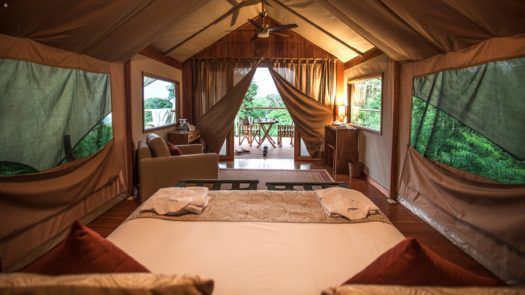
Set in 55-hectare grounds in a remote corner of Santa Cruz island, Galapagos Safari Camp does its bit for the environment by not using any plastic water bottles. The feel good factor of staying in an environmentally conscious camp is complemented by luxurious touches, such as an infinity pool from which to admire the landscape.
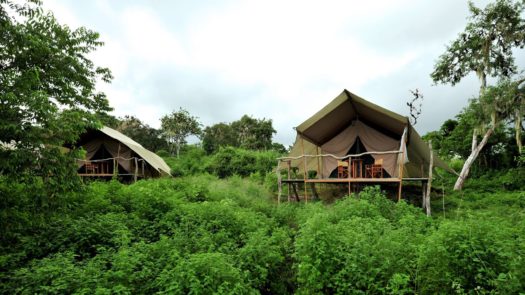

Kenya
Kenya’s award-winning ecolodges are particularly good at minimising their environmental footprint. Sasaab Lodge in Samburu combines rich game viewing opportunities with local community support. The Samburu here own the land on which the lodge is based, earning an income in a way that encourages protection of the landscape. Wildlife abounds in this region and guests may spot anything from Beisa oryxes to Somali ostriches. The majority of staff and guides are also local, so you’ll be truly immersed in the community whilst supporting the livelihoods of local people.
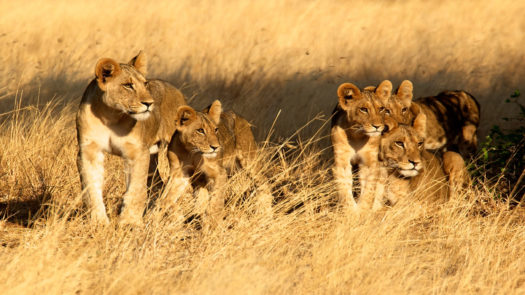
In Kenya’s lush green Chyulu Hills, Campi ya Kanzi is a Maasai-owned reserve spanning 230,000 acres. Backdropped by Mount Kilimanjaro, this community project has been preserving wildlife, wilderness and culture for years. The lodge feels like a true ecological wonder, as it shares the vast landscape with wandering elephants, lions and giraffes.
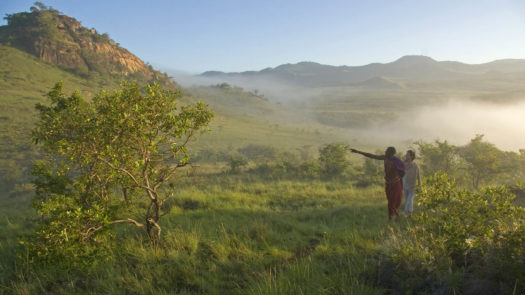
Finish your wildlife tour of Kenya on the iconic Masai Mara, at the unique family run Cottar’s 1920s camp. Run on community land, the Cottars work closely with the local Maasai tribe. They’ve also funded a number of projects, including anti-poaching efforts, which ensure the survival of the Great Migration. Watching millions of wildebeest and zebras migrating across the Mara plains is a spectacular way to round off any Kenyan safari.
-525x295-cc.jpg)

India and Nepal
Tucked away in a remote corner of western Nepal is Bardia National Park, the country’s largest and most undisturbed wilderness area. Originally set aside as royal hunting grounds in the 1960s, the land became a national park in 1988. Wildlife is plentiful; the park is home to elephants, Gharial crocodiles and Ganges river dolphins. Often left out of most travel itineraries, this is Nepal’s best kept secret.
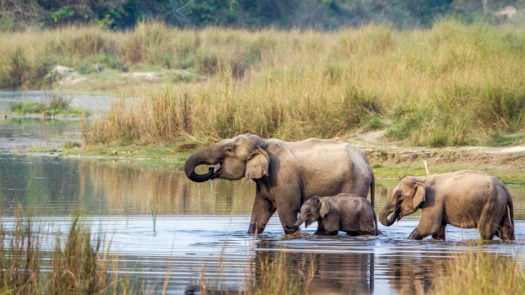
Tiger Tops Karnali Lodge is a place of extraordinary beauty set against the awe-inspiring Himalayas. Each suite has been designed to minimise its impact on the environment, and the lodge runs almost entirely on solar power. The property is almost entirely self-sufficient, featuring its own vegetable garden that provides the kitchen with fresh organic produce. Guests can spend time tracking local wildlife or trekking amidst the tallest mountains in the world.
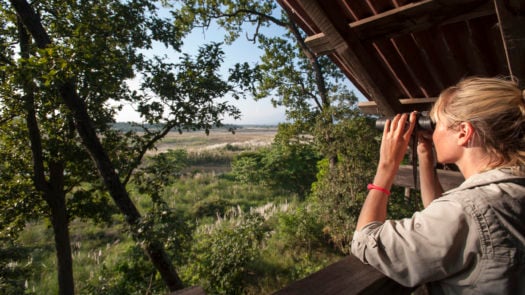
In India, go in search of tigers in Rajasthan’s Ranthambore National Park. Ranthambore’s tiger population reached over 50 by 2015, making its tiger density one of the highest in India. The forest is also alive with the alarm calls of chital and sambar deer, galloping nilgais, leopards, striped hyenas, loping sloth bears and wild boars. The lakes are also brimming with crocodiles.

Family run Sher Bagh provides a 1920s-style luxury safari feel. Run by a family who have played an active part in Ranthambore’s conservation efforts for over four decades, Sher Bagh blends pioneering sustainability with effortless luxury. Twelve hand-stitched canvas tents sit under a canopy of indigenous trees, each finished with en-suite stone bathrooms.
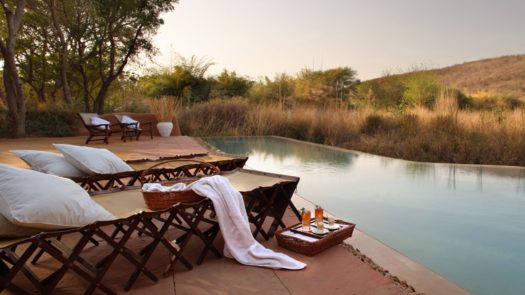
Sustainability continues in the kitchen, with traditional Indian dinners made from home-grown ingredients. This lodge is all about the wildlife – guests are able to spot tigers or go on birding walks. The property also supports the local community by running tours to non-profit organisation Dastkar Ranthambore. Here, local craftswomen produce a range of colourful handicrafts.
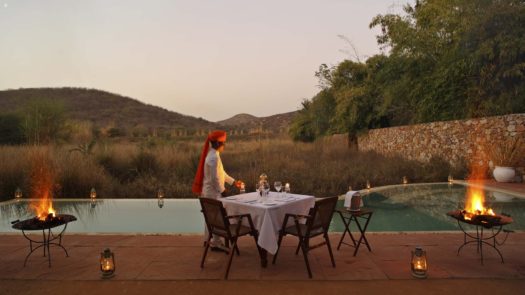
Our top positive impact trips...
Feeling inspired? Talk to one of our expert travel designers today and start planning your perfect eco-friendly vacation.
